May–Thurner syndrome
May–Thurner syndrome (MTS). Venous compression syndrome causing left-sided iliofemoral DVT, first anatomically defined by May and Thurner in 1957.
May–Thurner syndrome (MTS). Venous compression syndrome causing left-sided iliofemoral DVT, first anatomically defined by May and Thurner in 1957.
Josef Thurner (b. 1927), Austrian pathologist and co-eponym of May–Thurner syndrome; led pathology in Salzburg and published widely on venous disease.
Robert May (1912–1984), pioneer of scientific phlebology; co-described May–Thurner syndrome and the May perforating vein, advancing venous diagnostics.

Alfred Lewis Galabin (1843-1913) English obstetric physician. Using an apexcardiogram he was documented atrioventricular (AV) block in humans.
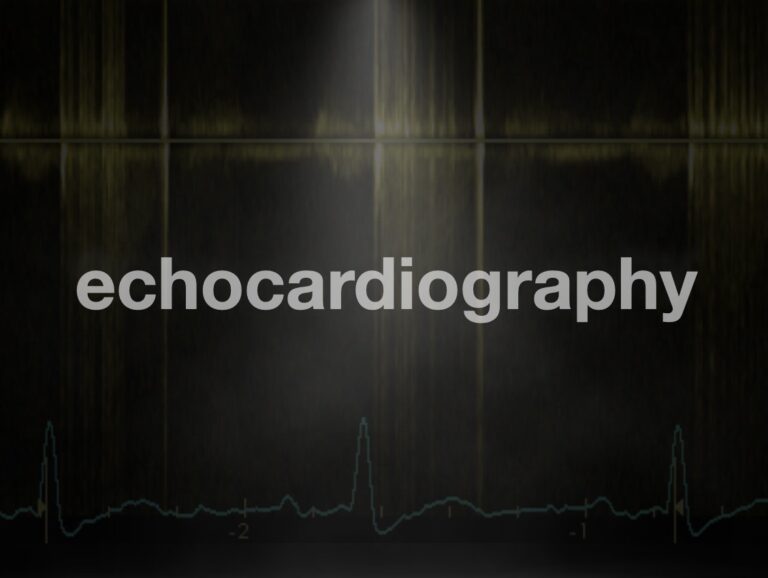
Echocardiography and valve measurements. Comprehensive assessment requires measurements to be made from 2D images and the waveforms generated during Doppler investigations
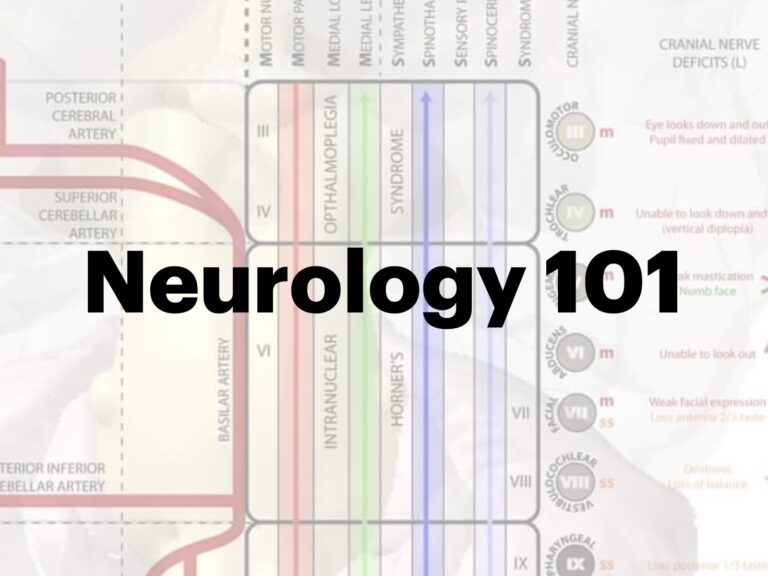
Neuro 101: Cerebral Hemispheres. Clinicoanatomic correlation for frontal, temporal, parietal and occipital lobes. Overview of anterior and posterior arterial circulation
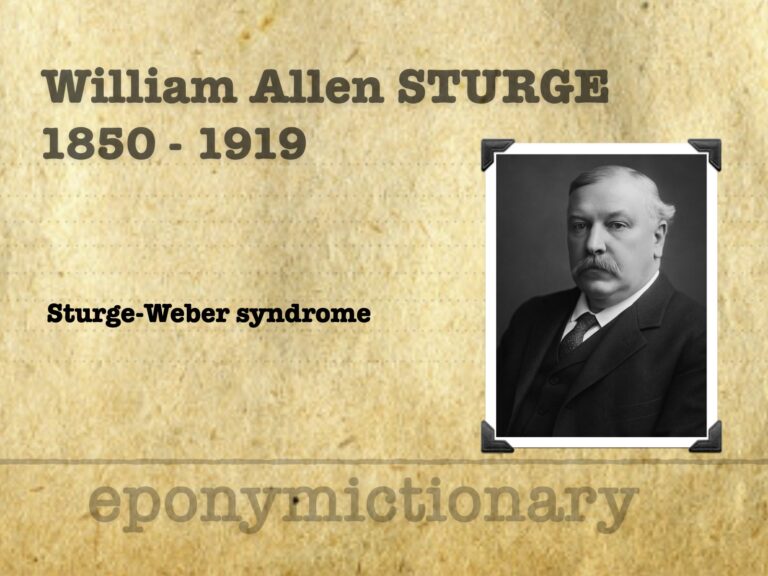
William Allen Sturge (1850–1919) English neurologist and archaeologist; first described Sturge-Weber syndrome; awarded MVO; pioneer of women’s medical education; noted collector of prehistoric artefacts.
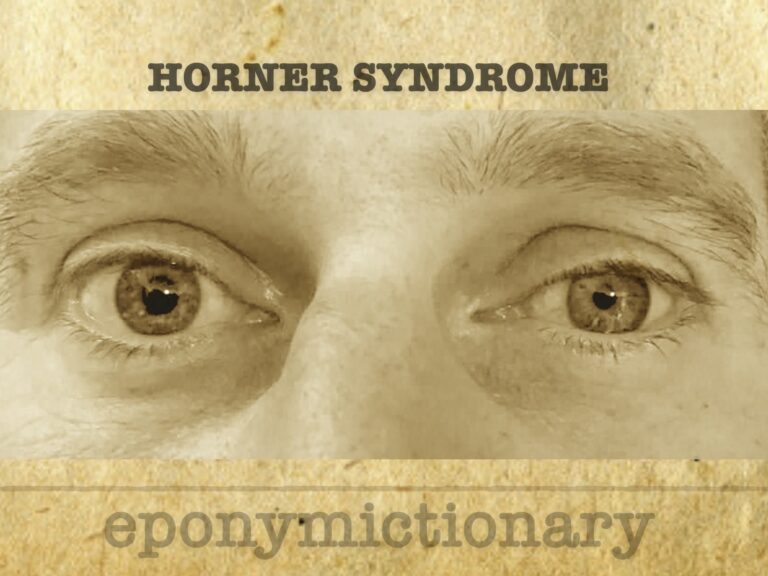
Horner syndrome is associated with an interruption to the sympathetic nerve supply of the eye. It is characterized by the classic triad of miosis, partial ptosis, and anhidrosis +/- enophthalmos

Neuro 101: Neurological Examination. The eight steps, mental status, motor, sensory, reflex, cerebellar examinations

Echocardiography and valve views. Overview of valve disease and parasternal, apical and subcostal valve views with the echo probe

Wernicke encephalopathy is an acute, reversible condition due to thiamine deficiency. Prompt treatment prevents progression to Korsakoff’s psychosis
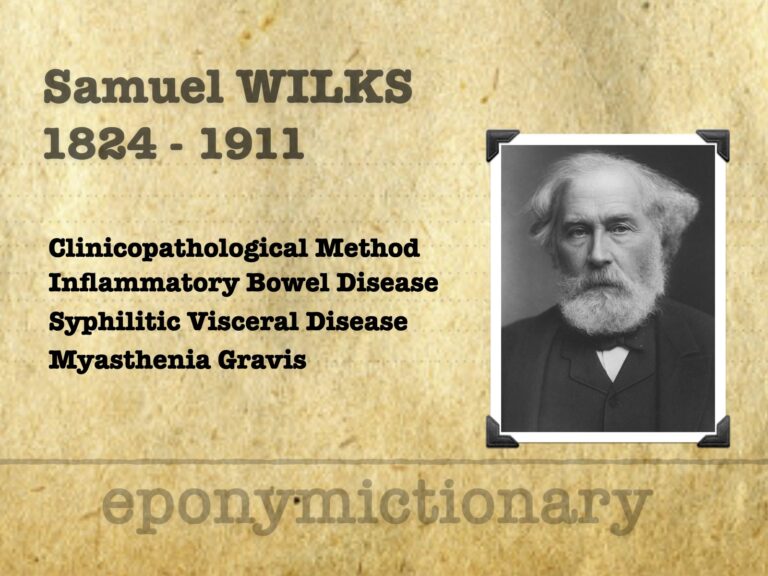
Sir Samuel Wilks (1824–1911), British physician, pioneered clinicopathological correlation, defined Hodgkin’s disease, and led Guy’s Hospital and RCP.